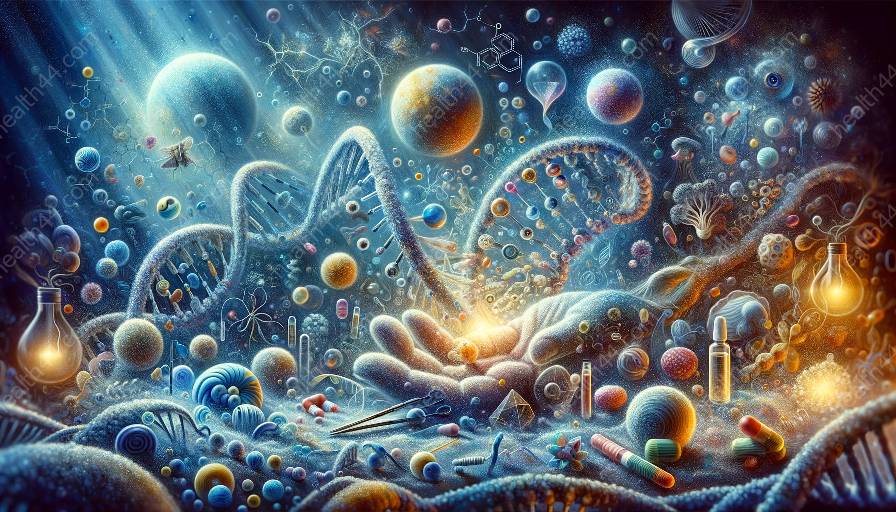Population genetics is a field of biology that explores the genetic variability and evolutionary processes within and between populations. It provides valuable insights into the history and dynamics of human populations, helping researchers understand how demographic events have shaped our genetic diversity and distribution.
Population genetics studies the mechanisms that drive genetic variation, such as mutations, natural selection, genetic drift, and gene flow, and applies these principles to deciphering human demographic history. By analyzing genetic data from diverse human populations, researchers can reconstruct migration patterns, infer population sizes and structures, and unravel the impact of historical events on genetic diversity.
The Role of Genetic Variation and Evolutionary Forces
Genetic variation is the foundation of population genetics. By examining the distribution of genetic differences within and between populations, scientists can uncover clues about the demographic history of human communities. For example, the study of mitochondrial DNA and Y-chromosome markers has offered insights into ancient human migrations, colonization events, and population expansions.
Natural selection, driven by environmental pressures, has also played a significant role in shaping human genetic diversity. Through population genetics, we can identify genetic adaptations to specific environments, diseases, and cultural practices, shedding light on the evolutionary forces that have influenced human demographic history.
Reconstructing Human Migration and Interaction
Population genetics facilitates the reconstruction of human migration patterns and interactions across different geographic regions. By analyzing genetic markers and comparing allele frequencies, researchers can track the movement of ancient populations and infer the timing and routes of human dispersal.
Genetic studies have contributed to our understanding of major human migrations, such as the peopling of the Americas, the colonization of Oceania, and the expansion of modern humans out of Africa. These findings offer crucial insights into the interconnectedness of human populations and the complex web of migrations that have shaped our demographic history.
Demographic History and Genetic Drift
Genetic drift, the random fluctuations in allele frequencies, has left imprints on human genetic diversity, particularly in small or isolated populations. Population genetics helps elucidate the effects of genetic drift on human demographic history, highlighting the impact of population bottlenecks, founder effects, and genetic isolation on the genetic makeup of different human groups.
By studying the genetic consequences of demographic events, such as the European colonization of the Americas or the settlement of remote islands, population geneticists can unravel the long-term implications of population size changes and migration dynamics on genetic variation.
Insights into Human Adaptations and Disease Susceptibility
Population genetics offers a lens through which we can examine the genetic basis of human adaptations and disease susceptibility. By studying genetic variation in different populations, researchers can identify genetic signatures of adaptation to diverse environments, including high-altitude habitats, hot and cold climates, and dietary shifts.
Furthermore, population genetics investigations have revealed how demographic history has influenced the distribution of disease-associated genetic variants. By linking genetic data with historical demographic events, scientists can uncover patterns of disease susceptibility and resilience in human populations, providing critical knowledge for medical research and public health initiatives.
Conclusion
Population genetics plays a crucial role in elucidating human demographic history by providing a framework for understanding the genetic diversity, evolutionary forces, and demographic dynamics that have shaped our species over time. Through the analysis of genetic data from diverse populations, researchers can reconstruct migration patterns, infer historical interactions, and explore the genetic consequences of demographic events, offering valuable insights into the rich tapestry of human demographic history.
Understanding human demographic history through population genetics provides insights into the migrations, interactions, and adaptations that have shaped our species over time.


